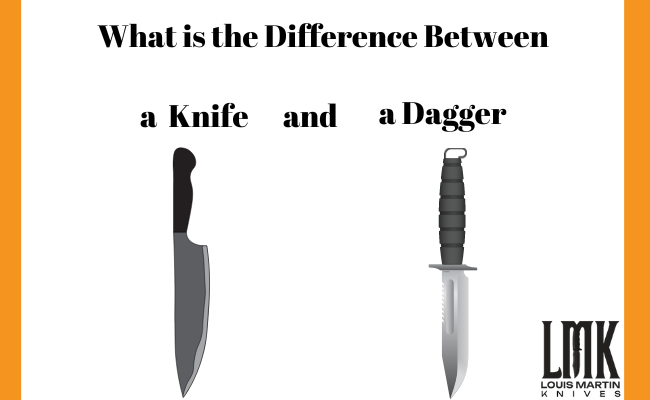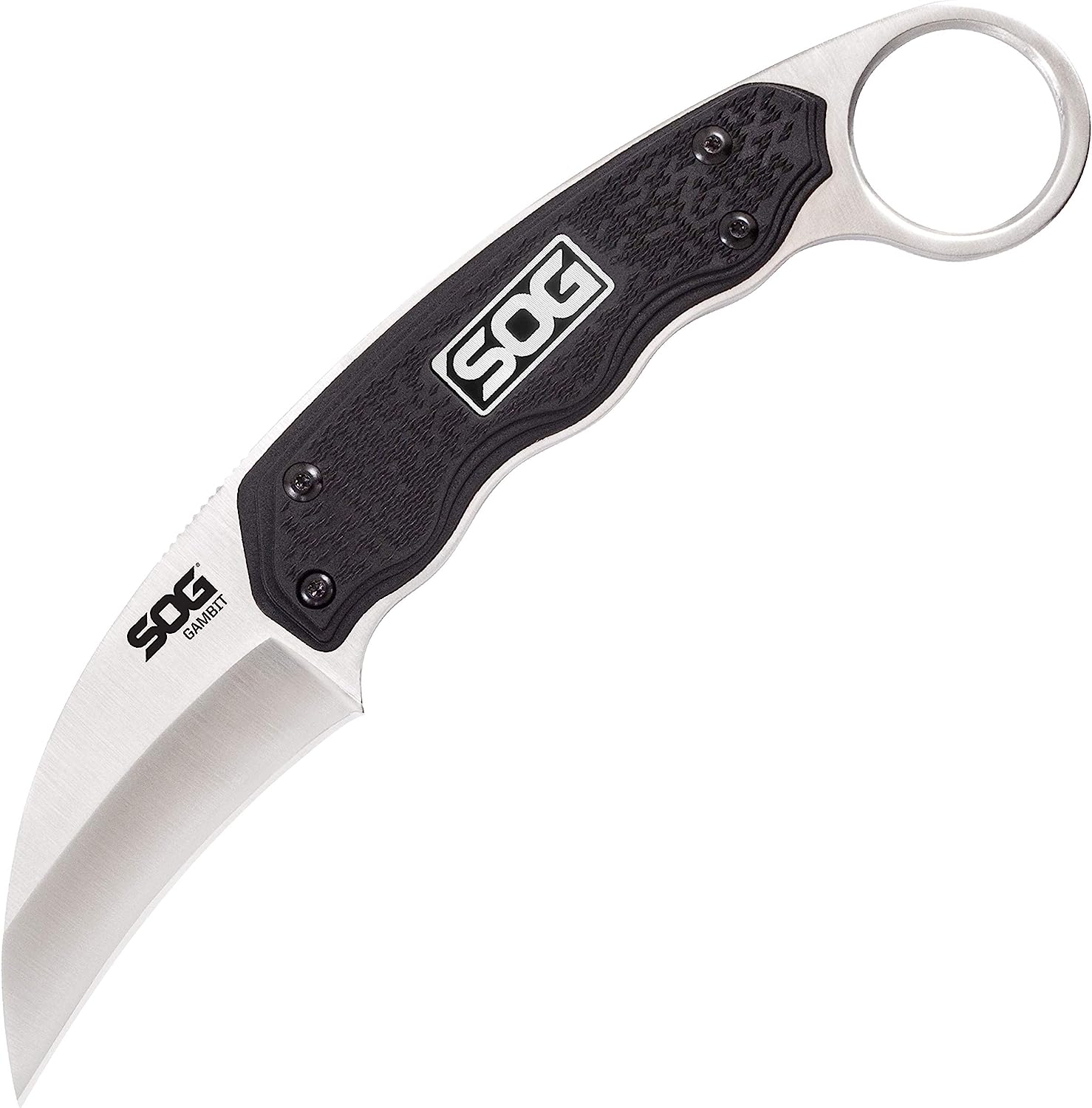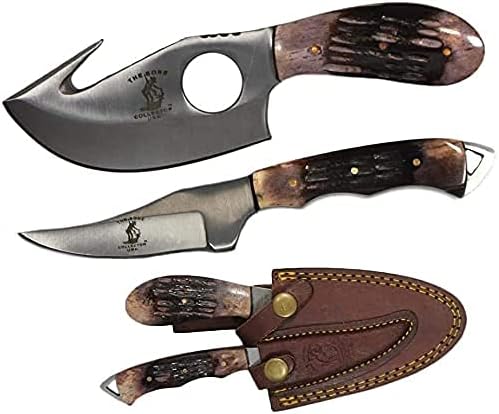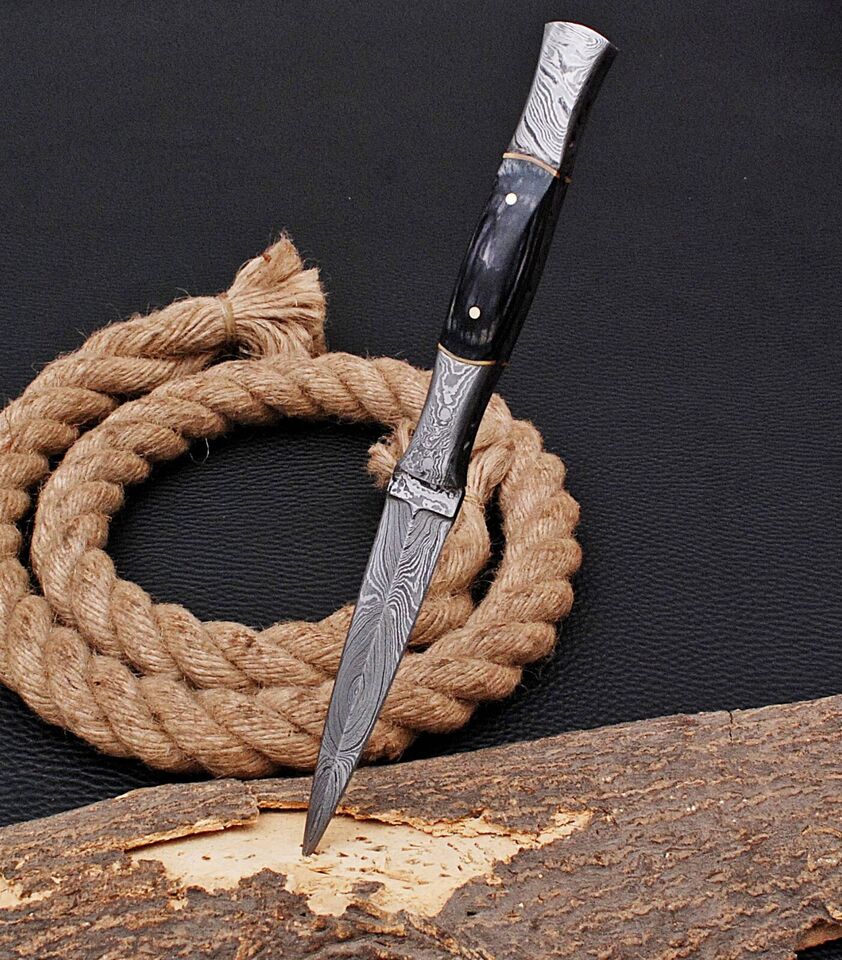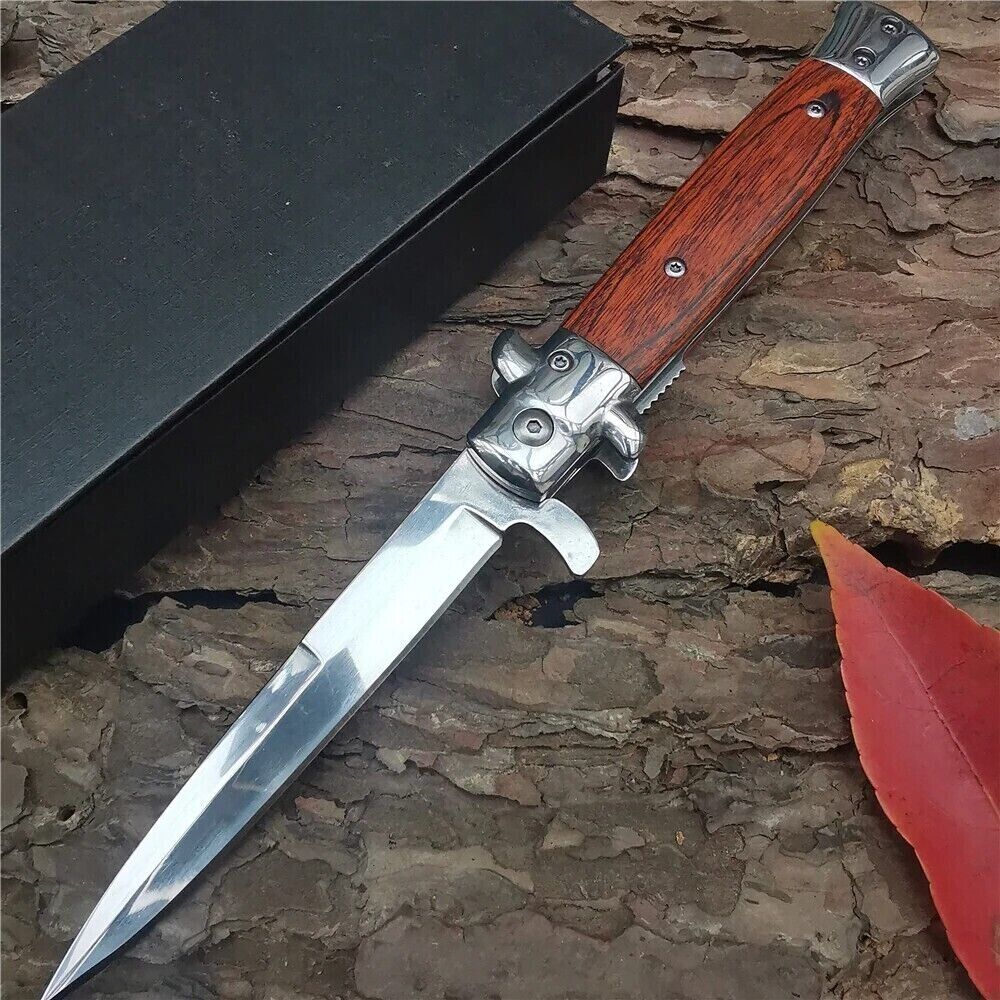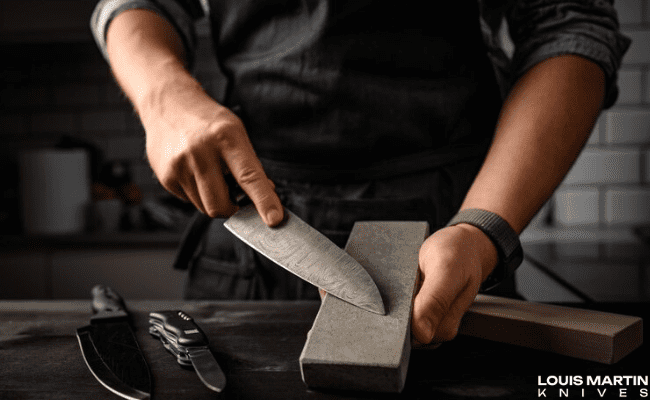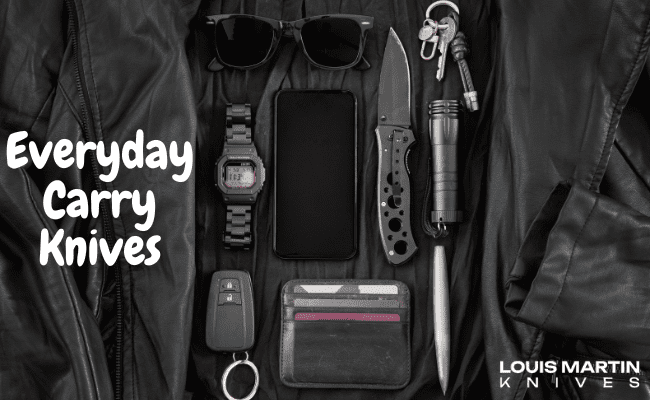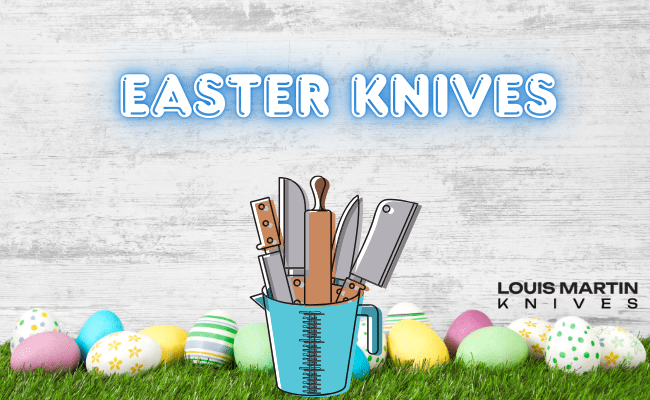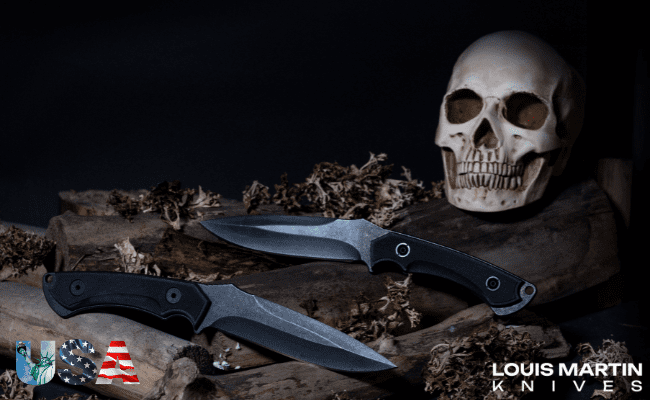Knives and dagger, though seemingly similar, possess distinct characteristics that set them apart. In this exploration, we’ll delve into the world of blades, understanding the nuances between knives and daggers. Recognizing these differences is not just a matter of semantics; it holds significance in historical, cultural, and practical contexts.
The epitome of craftsmanship with custom knives and dagger. Meticulously tailored to individual preferences, these one-of-a-kind blades marry artistry and functionality. Elevate your collection with unique designs, personalized handles, and unparalleled attention to detail, showcasing the true essence of custom blades in the world of edged tools
Knife Characteristics
Knives and Dagger knives, in their broad sense, are versatile cutting tools designed for various purposes. They serve as indispensable tools in both culinary and outdoor settings, each type uniquely tailored to fulfill specific needs. At the core of knife characteristics lies their definition and purpose.
Survival Karambit Knife, Gambit Curved Security Belt Knife, Full Tang Fixed 2.6 Inch
Definition and Purpose of Knives
Knives and Dagger, knives in essence, are cutting instruments with a sharp blade attached to a handle. Their primary purpose is to facilitate cutting, slicing, and dicing tasks with precision. The versatility of knives allows them to be essential tools in kitchens, outdoor activities, and countless other applications.
Various Types of Knives
Chef knives
Chef knives, also known as cook’s knives, are the workhorses of the kitchen. Featuring a broad and sharp blade, they excel in chopping, slicing, and dicing various ingredients. From vegetables to meats, chef knives are a chef’s trusted companion.
8 inch Japanese Gyuto Chef Knife
Utility knives
Utility knives bridge the gap between larger chef knives and smaller paring knives. Their versatile design makes them ideal for a wide range of tasks, including slicing, trimming, and precise cutting. Utility knives are indispensable in situations where a chef knife may be too large, and a paring knife too small.
Hunting knives
Designed for outdoor enthusiasts, hunting knives boast sturdy blades and ergonomic handles. Their purpose extends beyond slicing, often used for field dressing games, skinning, and other tasks encountered in the wilderness. Hunting knives are a testament to the adaptability of these tools in various environments.
Hunting Knife Two Piece Set 7″
Dagger Characteristics
Delving deeper into the realm of blades, we shift our focus to daggers, unraveling the unique characteristics that set them apart. Understanding the nuances of daggers involves exploring their definitions, historical significance, and distinct design features.
Definition and Historical Significance
Knives and Daggers; dagger, characterized by their double-edged blades and pointed tips, hold historical significance across cultures. Historically, daggers have been employed for various purposes, often associated with both combat and ceremonial use. The dual functionality of daggers makes them intriguing symbols throughout the annals of human history.
Design Features of Daggers
Understanding the design features of knives and daggers, along with their historical significance, highlights the unique role they play in the world of blades. As we continue to explore the differentiation between knives and daggers, these characteristics form a crucial part of the narrative, shaping our perception of these intriguing and multifaceted tools.
Double-Edged Blades
One of the hallmark features that differentiate daggers from other blades is their double-edged design. Unlike single-edged knives, daggers boast blades on both sides, enhancing their lethality in combat scenarios. This distinctive feature emphasizes the combat-oriented nature of daggers.
9 Double-Edged V42 Military Damascus steel Dagger boot Knife full tang x166
Pointed Tips
Daggers are characterized by their pointed tips, designed to pierce and thrust effectively. This feature enhances their utility in combat situations, making them formidable weapons in close-quarters engagements. The pointed tip adds to the overall balance and precision of the dagger.
Combat-Oriented Nature
Daggers are inherently combat-oriented, reflecting their historical role as weapons of defense and offense. The design features, including the double-edged blades and pointed tips, align with the practical requirements of combat scenarios. Whether used for personal protection or military applications, daggers have been crafted to meet the demands of close-quarters combat.
Historical Perspective
Understanding the historical roles of knives and daggers provides a nuanced perspective on their evolution. From essential tools in daily life to symbols of power and honor, both knives and daggers have left an indelible mark on the tapestry of human history. As we explore their historical significance, we gain a deeper appreciation for the diverse and multifaceted roles these blades have played across cultures and periods.
The Role of Knives Throughout History
Knives, as one of the earliest tools created by humans, have an enduring historical presence. Used for hunting, crafting, and daily survival, knives have been integral to the progress of civilizations. From the Stone Age to the present, the evolution of knives mirrors the advancements in human technology and societal needs.
The Significance of Daggers in Different Cultures
Military Usage
Knives and Daggers, with their combat-oriented design, have a rich history in military applications. Often employed as secondary weapons, daggers served as close-quarters combat tools, offering soldiers a swift and lethal means of defense. The design features, including double-edged blades and pointed tips, catered to the demands of battlefield scenarios.
Ceremonial Purposes
Beyond their practical applications, knives and daggers have held ceremonial significance in various cultures. The symbolic nature of daggers has been woven into rites, rituals, and traditions, reflecting their dual role as both weapons and symbols of honor. Ceremonial daggers often feature ornate designs and are wielded with precision during cultural events and ceremonies.
Legal Distinctions
Regulations Surrounding knives and Daggers
Understanding the legal distinctions between knives and daggers is crucial for both enthusiasts and the general public. Regulations surrounding these edged tools vary widely, with many countries and regions imposing restrictions based on blade length, blade type, and intended use. Some areas classify certain knives as weapons and regulate their possession, while others may have more lenient laws for everyday carry.
Variations in Laws Globally
The global landscape of knives and dagger regulations is diverse. Countries like the United Kingdom strictly regulate the carrying of knives in public spaces, emphasizing the need for a valid reason for possession. In contrast, some U.S. states have more permissive laws, allowing for the open or concealed carry of certain knives. Understanding the legal framework in your region is essential to ensure compliance and responsible ownership.
Practical Uses
Understanding the practical uses of knives and daggers is integral to fostering responsible ownership and appreciation. By adhering to legal regulations and recognizing the diverse applications of these blades, individuals can navigate the complex world of edged tools with awareness and respect for both their historical significance and modern functionality.
Everyday applications of knives
Cooking
Culinary arts, knives and dagger are indispensable tools. From the precision of chef knives for chopping vegetables to the nimbleness of paring knives for intricate tasks, these kitchen companions make the art of cooking efficient and enjoyable. The design and sharpness of a kitchen knife contribute to the seamless preparation of ingredients, turning a mundane task into a culinary masterpiece.
Outdoor Activities
Beyond the kitchen, knives and dagger find practical applications in various outdoor activities. Whether camping, hiking, or backpacking, a reliable outdoor knife can be a versatile tool for tasks such as cutting rope, preparing food, or even creating improvised shelters. The durability and functionality of outdoor knives make them essential for those who embrace the adventurous side of life.
Italian Pocket Folding Knife – Stiletto Open Assisted Outdoor Camping Tool
Specific Scenarios for Dagger Use
Knives and Daggers, with their combat-oriented design, are historically associated with specific scenarios. While their practical everyday use might be limited, ceremonial purposes and historical reenactments often showcase the symbolic use of daggers. In theatrical performances or traditional events, the use of a dagger may be a ritualistic or artistic expression, emphasizing its dual nature as a tool and symbol.
Misconceptions
Common Misunderstandings About Knives and Daggers
Assumption of Intent: One prevalent misconception is associating all knives with malicious intent. While knives have practical applications in daily life, some misconstrue their purpose, assuming they are solely tools of violence. In reality, the majority of knives serve everyday tasks, from food preparation to outdoor activities.
Overgeneralization of Daggers: Many people erroneously generalize all double-edged knives as daggers. In truth, daggers possess specific design features, including pointed tips and combat-oriented nature. Not every double-edged knife is a dagger; some are designed for utility rather than combat.
Clarifying Myths and Stereotypes
Dagger as a Symbol of Aggression: Clarifying the myth that daggers are inherently aggressive is essential. While historically associated with combat, daggers also hold ceremonial significance and can be crafted for artistic or decorative purposes. Understanding the diverse roles daggers play beyond combat dispels the stereotype of aggression.
Knives as Weapons Only: A significant myth revolves around knives being seen solely as weapons. Knives, especially in the kitchen, are essential tools for preparing food. Viewing them only as weapons neglects their practical applications in various contexts, contributing to an incomplete understanding of their role in daily life.
In Conclusion
Distinguishing between knives and daggers is not just a matter of semantics but a journey through history, design, and misconceptions. A recap of key differences emphasizes the varied purposes, from culinary precision to combat readiness. The importance of responsible use and awareness emerges as a crucial theme, reminding enthusiasts and users alike to understand legal regulations, appreciate the historical context, and dispel myths. Navigating the intricate world of blades demands a balance of knowledge and respect, ensuring these essential tools contribute positively to daily life, both practically and culturally.
FAQs
Does a Dagger Count as a Knife?
Knives and dagger: Yes, a dagger is considered a type of knife. However, what sets it apart is its specific design features, including a double-edged blade and a pointed tip, making it distinct from other knives designed for different purposes.
What is the Difference Between a Dagger and a Switchblade?
The main difference lies in their design and functionality. A dagger typically has a double-edged blade with a pointed tip and is often associated with combat. In contrast, a switchblade refers to a type of folding knife with a blade that opens automatically by pressing a button or switch.
What is the Difference Between a Blade and a Knife?
A blade is the sharp-edged, cutting part of a tool or weapon. A knife, on the other hand, is a specific tool or utensil with a handle and a blade, designed for cutting or slicing. In essence, a knife is a tool that incorporates a blade as one of its essential components.
What is the Difference Between a Sword and a Knife?
The primary distinctions lie in size, purpose, and design. A knife is a smaller cutting tool with a single-edged or double-edged blade, designed for various tasks. A sword, however, is a longer, often two-edged weapon, primarily used for combat and requiring different skills and techniques in its use.
